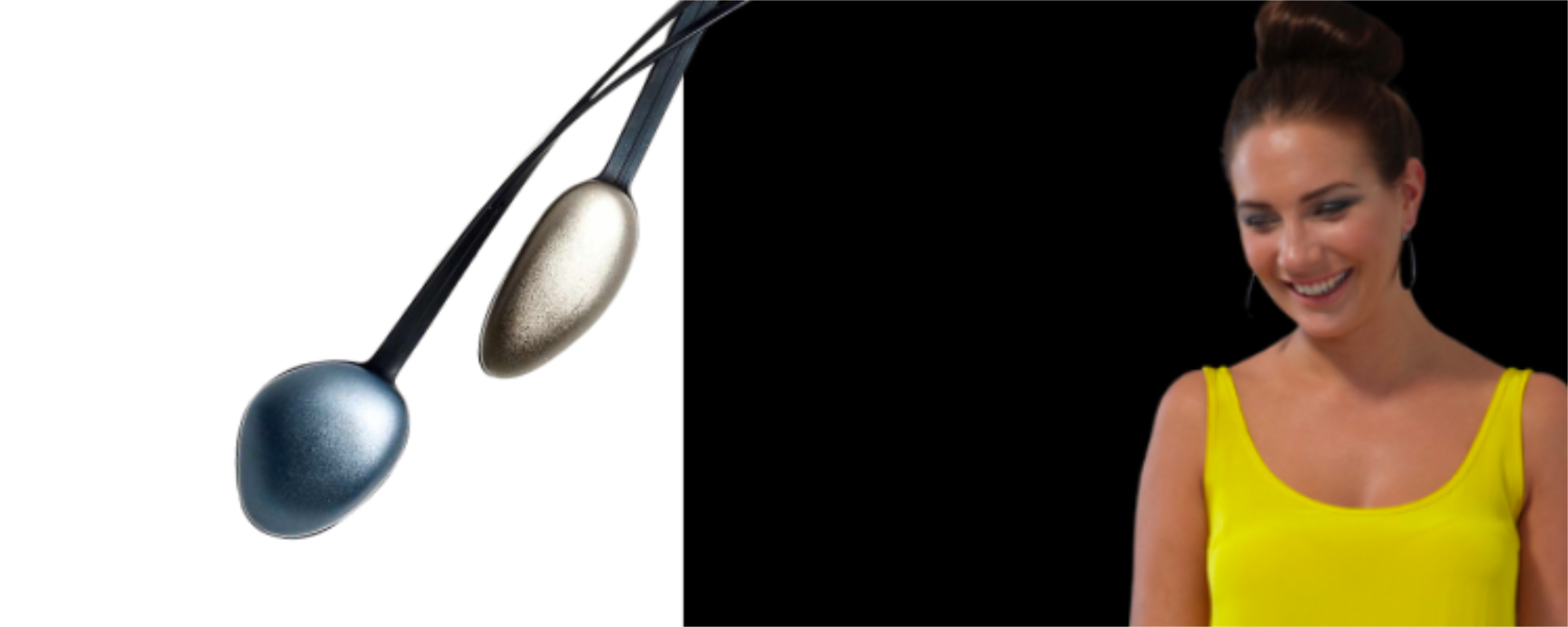ARTFUL INSIGHT: Marina Abramovic – Kaldor Public Art Projects
inSync design’s Media Coordinator Emerald was lucky enough to visit the Marina Abramovic exhibition and lecture given by the artist herself in Sydney last week as part of the Kaldor Public Arts projects. She tells us all about the experience…
“When I arrived at the Pier 2/3 warehouse next to the Sydney Harbour Bridge, I really had no idea what to expect of the Marina Abramovic exhibition. I wasn’t sure if the artist herself was going to be present, if there was going to be a showcase of her old work, or whether it was other artists using her methods. As it turned out it was none of the above. Instead, it was the participants who became the art project itself and Marina simply orchestrated the whole thing.
You entered the large pier warehouse and were asked to put all your belongings away in a locker, including any watches or phones which would give you any indication of the time. We took part in warm-up exercises which involved stretches, and different movements which awaken your senses. In any other public place moving around and shaking your body like a mad man would look ridiculous, but every member of the crowd was extremely involved in the process and exhibition.

You then were given sound-cancelling headphones and entered the exhibition space. There were different sections with people scattered everywhere participating in different activities and walking around the space, but all you could hear was complete silence. To my surprise a complete stranger walked up to me and grabbed me by the hand and smiled, she lead me to the first area where she walked me up to the middle of a platform where I was surrounded by complete strangers who all stood standing still with their eyes closed. She then signalled for me to close my eyes and pressed her hands gently on my shoulders and walked away.
I stood standing there with my eyes closed thinking, ‘what on earth do I do next’. Your mind runs in circles asking questions. How long do I stand here for? How many people are surrounding me? Do they still have their eyes closed? Should I open my eyes? And then eventually you just stop thinking and you just focus on the moment you’re in. This space was a place of meditation, and you got to choose when you wanted to leave it all depended on when you felt ready.
After what felt like half an hour I opened my eyes and left the platform. There was a row of seats directly facing a white wall. In front of each chair was a large sheet of single primary colours at eye level. This activity made you sit and stare at the colour. I sat staring at the blue wall, once again not sure how long I was supposed to sit for, or what I was supposed to feel from the blue colour staring back at me. But really there was no particular way Marina wanted you to feel, it was more about realising how these certain situations made you feel.
The next room was slightly more challenging, another of the exhibition assistants dressed all in black took my hand and led me to a table next to rows of other people, almost like a classroom. On the desk in front of me was a big pile of white grains of rice and black lentils and a small sign that said “separate and count”. The task seemed easy enough – separate the black and white grains and then count the two piles. After hearing Marina lecture later that night, she said that the task itself takes over 6 hours to complete.
When I was sitting there I attempted for maybe ten minutes to separate the grains, but got frustrated and gave up. Instead, I moulded the pile into an infinity symbol and wrote infinite on the page due to my sheer lack of patience for the task. Marina described the purpose of this activity in her lecture, she said that it wasn’t necessarily about having to complete the whole task. Instead, it was about learning to be realistic in your goals. The best thing you could have done in the scenario has chosen a goal you wanted to achieve and stuck to that. Maybe by simply counting a small pile instead of the whole thing.
The other activities included a runway where everyone was walking completely slow motion, this tested your patience and ability to slow down and feel how your body moves and the connection between your brain and body movements. There was also an open room where there was bunk like beds in rows like a war hospital. One of the exhibition assistants would take your hand and walk you over to one of the beds where you would hop in, and then they would tuck you in all nice and tight. It was an extremely bizarre situation but one of the most relaxing and nicest things I have done in public. Marina explained in her lecture that it is extremely rare that you have slept in public since you were a child, so to do it as an adult puts you out of your comfort zone, and whether you can let go, relax and fall asleep tests how you respond to the situation.

“The Artist is Present” – Marina Abramovic. MoMA – New York
Finally, the exercise I found to be most powerful was a recreation of Marina’s ‘Artist is Present’ from her MOMA exhibition a few years back. An assistant took our hand and lead us to a chair, we sat waiting until they came and brought another complete stranger and sat them directly opposite myself with only a meter separating us. We then were forced to simply stare into each other’s eyes without losing contact.
This had to be one of the most powerful and intense situations I have ever been in. Staring into complete stranger’s eyes is very confronting. You’re not sure whether to smile, frown, laugh or cry. You think about everything they could be thinking, you think about the way you must look, you try not to look away. But the most interesting part was how you manage to build this completely intimate connection with someone you don’t even know the name of. I sat with three different people, all of whom reacted differently to the situation. One lady twitched and twiddled her fingers because she was extremely nervous. One man had a permanent frown the whole time because he didn’t know how to respond.
Overall, the exhibition was one of the most interesting and transformative experiences I have had. Marina really wanted you to feel something and immerse yourself into the project. You became a part of the performance itself.”




